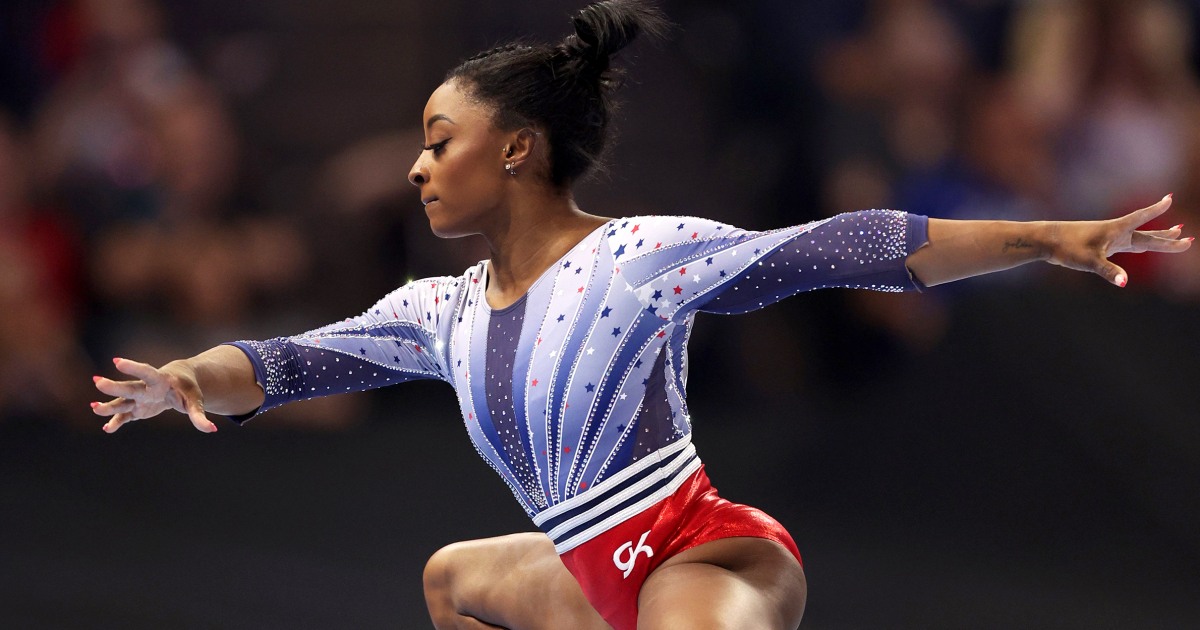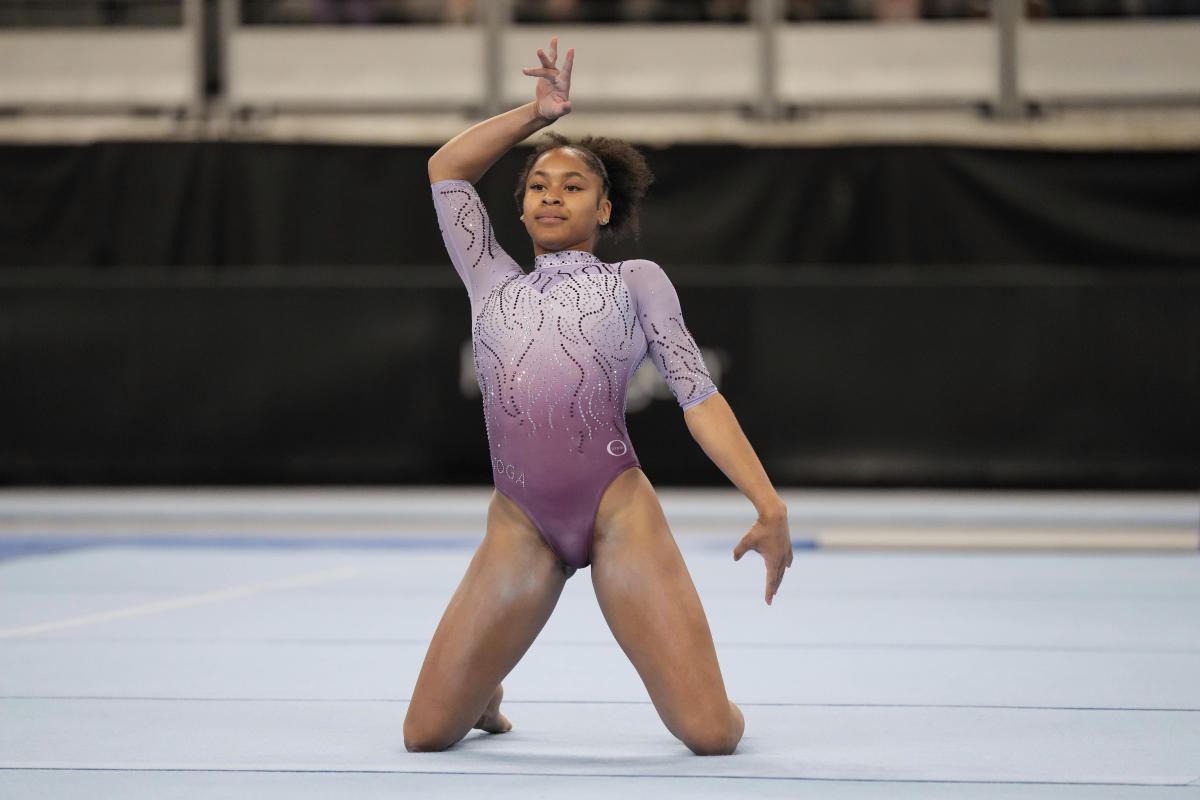Types of Gymnastics Injuries
Gymnastics is a physically demanding sport that requires athletes to perform complex and challenging maneuvers. As a result, gymnasts are at risk for a variety of injuries. These injuries can range in severity from minor sprains and strains to more serious fractures and dislocations.
The most common types of gymnastics injuries include:
- Sprains: Sprains are injuries to ligaments, the tough bands of tissue that connect bones together. Sprains can occur when a ligament is stretched or torn.
- Strains: Strains are injuries to muscles or tendons, the tough cords of tissue that connect muscles to bones. Strains can occur when a muscle or tendon is overstretched or torn.
- Fractures: Fractures are breaks in bones. Fractures can occur when a bone is subjected to too much force.
- Dislocations: Dislocations are injuries in which a bone is forced out of its normal position. Dislocations can occur when a joint is twisted or bent in an unnatural way.
The severity of a gymnastics injury depends on a number of factors, including the type of injury, the location of the injury, and the extent of the damage. Minor injuries, such as sprains and strains, can usually be treated with rest, ice, and compression. More serious injuries, such as fractures and dislocations, may require surgery.
Gymnasts are most prone to injuries in the following body parts:
- Ankles
- Knees
- Wrists
- Shoulders
- Back
These injuries can be caused by a variety of factors, including:
- Overuse: Gymnastics is a repetitive sport that requires athletes to perform the same movements over and over again. This can put a lot of stress on the body, which can lead to injuries.
- Improper technique: If gymnasts do not use proper technique when performing maneuvers, they are more likely to get injured.
- Inadequate conditioning: Gymnasts who are not properly conditioned are more likely to get injured. This is because they are not strong enough or flexible enough to handle the demands of the sport.
Gymnastics injuries can be prevented by taking the following precautions:
- Warm up properly before each workout
- Use proper technique when performing maneuvers
- Get enough rest
- Eat a healthy diet
- See a doctor if you are injured
By following these precautions, gymnasts can help to reduce their risk of injury.
Causes and Risk Factors of Gymnastics Injuries

Gymnastics is a demanding sport that requires a high level of physical fitness and coordination. As a result, gymnasts are at risk for a variety of injuries. The most common types of gymnastics injuries include sprains, strains, fractures, and dislocations.
There are a number of factors that contribute to the high incidence of injuries in gymnastics. These include:
- Training intensity: Gymnasts train for long hours, often performing repetitive movements that can put stress on their bodies.
- Technique: Improper technique can increase the risk of injury. Gymnasts who do not have good technique are more likely to experience sprains, strains, and other injuries.
- Equipment: Gymnastics equipment can be dangerous if it is not used properly. Gymnasts who do not use equipment correctly are more likely to experience fractures, dislocations, and other injuries.
- Environmental factors: Environmental factors such as heat, humidity, and cold can also increase the risk of injury. Gymnasts who train in hot or humid environments are more likely to experience heat-related illnesses, such as heat stroke. Gymnasts who train in cold environments are more likely to experience cold-related injuries, such as frostbite.
In addition to these factors, age, gender, and individual physical characteristics can also affect the risk of injury in gymnastics. Younger gymnasts are more likely to experience sprains and strains, while older gymnasts are more likely to experience fractures and dislocations. Female gymnasts are more likely to experience knee injuries, while male gymnasts are more likely to experience shoulder injuries. Gymnasts with certain physical characteristics, such as hyperlaxity or a history of injuries, are also more likely to experience injuries.
Training Intensity
The high training intensity in gymnastics is a major contributing factor to the risk of injuries. Gymnasts often train for several hours a day, performing repetitive and strenuous movements. This can put a lot of stress on the body, especially the joints, muscles, and tendons. Over time, this stress can lead to injuries.
Technique
Improper technique is another major risk factor for gymnastics injuries. Gymnasts who do not have good technique are more likely to put themselves in positions that can lead to injuries. For example, a gymnast who does not land properly from a jump is more likely to experience a sprain or strain.
Equipment
Gymnastics equipment can be dangerous if it is not used properly. Gymnasts who do not use equipment correctly are more likely to experience fractures, dislocations, and other injuries. For example, a gymnast who does not use a spotter when performing a backflip is more likely to experience a head injury.
Environmental Factors, Gymnastics injuries
Environmental factors such as heat, humidity, and cold can also increase the risk of injury in gymnastics. Gymnasts who train in hot or humid environments are more likely to experience heat-related illnesses, such as heat stroke. Gymnasts who train in cold environments are more likely to experience cold-related injuries, such as frostbite.
Age, Gender, and Individual Physical Characteristics
In addition to training intensity, technique, equipment, and environmental factors, age, gender, and individual physical characteristics can also affect the risk of injury in gymnastics. Younger gymnasts are more likely to experience sprains and strains, while older gymnasts are more likely to experience fractures and dislocations. Female gymnasts are more likely to experience knee injuries, while male gymnasts are more likely to experience shoulder injuries. Gymnasts with certain physical characteristics, such as hyperlaxity or a history of injuries, are also more likely to experience injuries.
Prevention and Management of Gymnastics Injuries
Gymnastics injuries – Gymnastics, a physically demanding sport, poses a risk of injuries that can range from minor sprains to severe fractures. Prevention and management of these injuries are crucial to ensure the safety and well-being of gymnasts.
Injury Prevention
Preventing gymnastics injuries requires a comprehensive approach that involves proper warm-up, conditioning, and technique.
- Warm-up: A proper warm-up prepares the body for the strenuous activity by increasing blood flow, raising muscle temperature, and improving flexibility.
- Conditioning: Regular conditioning exercises, such as strength training, flexibility exercises, and plyometrics, strengthen muscles, improve balance, and enhance coordination, reducing the risk of injuries.
- Technique: Proper technique, taught by qualified coaches, ensures that gymnasts perform skills correctly, minimizing the risk of strain or injury.
Injury Screening and Rehabilitation
Injury screening can identify potential risk factors and weaknesses that may predispose gymnasts to certain injuries. Rehabilitation protocols, tailored to the specific injury, are essential for a complete recovery and return to gymnastics.
Exercises for Injury Prevention
Incorporating specific exercises into training programs can help prevent common gymnastics injuries.
| Injury | Preventive Exercises |
|---|---|
| Ankle Sprains |
|
| Knee Pain |
|
| Shoulder Impingement |
|
| Wrist Injuries |
|
| Back Pain |
|
Gymnastics injuries are common among athletes of all levels, but they can be especially severe for members of the men’s gymnastics team. These athletes perform complex and dangerous routines that put their bodies at risk for a variety of injuries, including sprains, strains, fractures, and dislocations.
While all gymnasts are susceptible to injury, men’s gymnasts are particularly vulnerable due to the high-impact nature of their sport.
The world of gymnastics is a physically demanding one, and injuries are unfortunately common. One gymnast who has had to overcome a serious injury is Kayla Dicello. Dicello suffered a torn ACL in 2016, but she has since made a full recovery and is back to competing at the highest level.
Her story is an inspiration to all gymnasts who have suffered injuries, and it shows that with hard work and determination, anything is possible.
